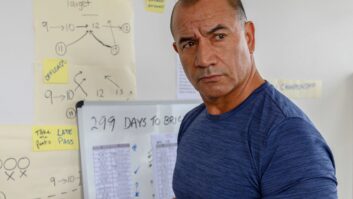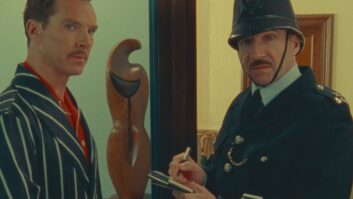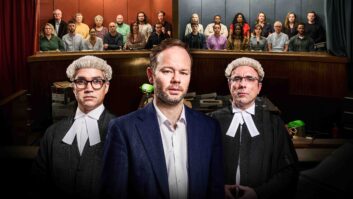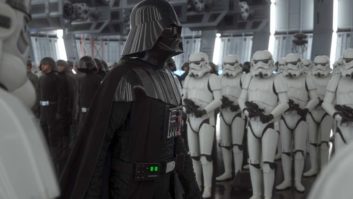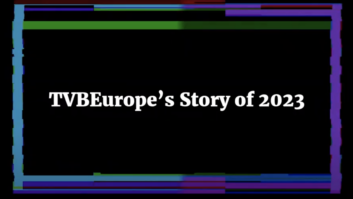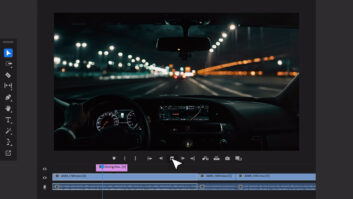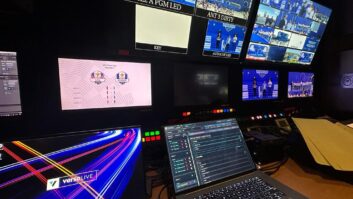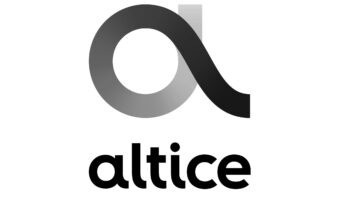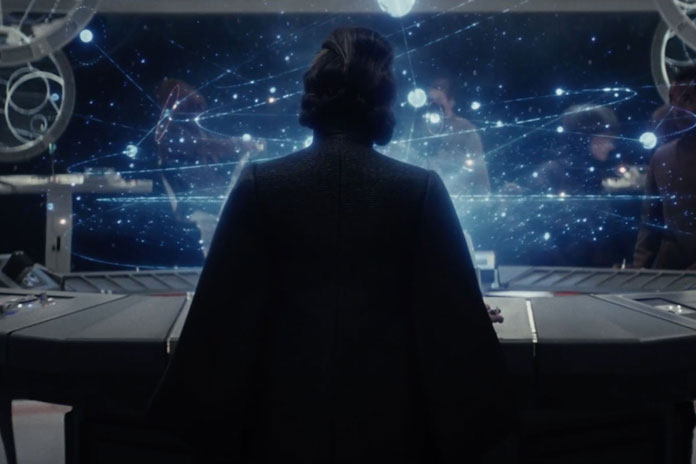
Visual effects, animation and motion graphics studio Jellyfish Pictures were among the vendors employed by ILM and LucasFilm to help create Star Wars: The Last Jedi.
Jellyfish previously worked on Rogue One: A Star Wars Story, working on the post-vis of the film. Having created 150 final shots for the Gareth Edwards directed film, they were delighted when LucasFilm wanted to work with them again.
“We were only supposed to do a portion of the pre- and post-vis and in the end I think we did almost half of the actual film,” says visual effects supervisor Jonathan Cheetham. “They then came back to us and send ‘we’d like you to do more and trickier stuff for The Last Jedi‘, so our partnership is growing.”
“Jellyfish created more complex 2D and 3D effects in each shot on this film,” explains Cheetham. “The majority were CG set extensions as they always wanted to build on the scale of the film, adding to the scope and the beauty of sets that they built. So, a lot of extensions where interior meets exterior, corridors and structures in the bigger ships and hangar environments.
“We also worked on the holograms, so a lot of the time we were working these in amongst actors and artists shot on set, coordinating the hologram animation and how they appeared and how they integrated in the final shot,” he continues.
“The look of those was pretty much directed by ILM so a good amount of asset sharing on those ship builds and interiors was needed. It was paramount Jellyfish had a strong pipeline that enabled both of us to share cameras, layout and pre-comps. There was great deal of work put into how the film should fit together seamlessly entwining our shots and theirs. A lot of the time it was adding more drama to the drama – be it fire, explosions or atmosphere. We also got the chance to show off some fluid animations and bigger sims from Houdini this time round which we don’t usually get the chance to do.”
Of course, Jellyfish wasn’t the only vendor working on The Last Jedi so the team had to make sure the software and kit they were using worked seamlessly with other companies.
“We had to make sure that the kit we used was the same as other studios were using, because we had to be very aware of shared assets and shared pipelines,” says Cheetham. “All our versions of Nuke and Maya etc. had to be in line with the other studios. We predominantly used Nuke for compositing, Maya and Houdini for the CG and effects, we grew our team for Matchmove and layout and we did use a little bit of ZBrush.
“At its peak we had about 35-40 people working on the project. We worked on the film for quite a long time, it was spread over six months. That was made up of production, prep and roto and comp, CG Matchmove and effects. A decent amount of the studio was working on it. I think we did about 130-140 shots,” says Cheetham.
Star Wars will always be intrinsically linked with London – be it through principal photography at Pinewood Studios or the post house and vfx companies in Soho. “I think everyone feels Star Wars comes home every time it’s in London,” says Cheetham.
“That was very much the feeling when we were working on post-vis in London. With the amount of vendors working on the film, and the fact that ILM now have an office in London, it felt like Jellyfish were part of the bigger Star Wars family.”
